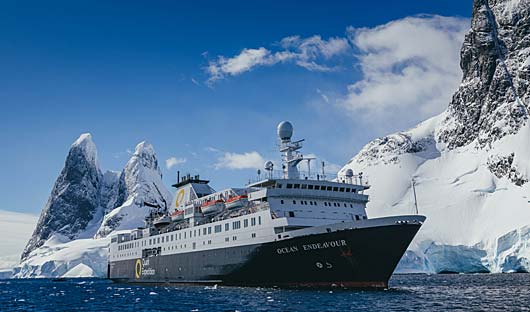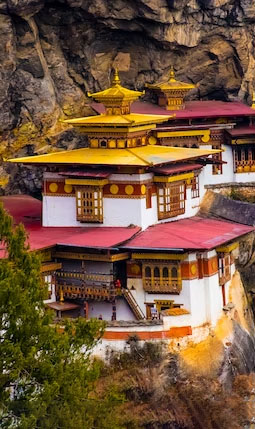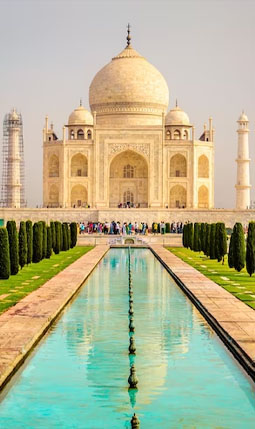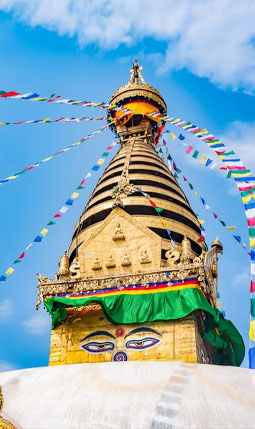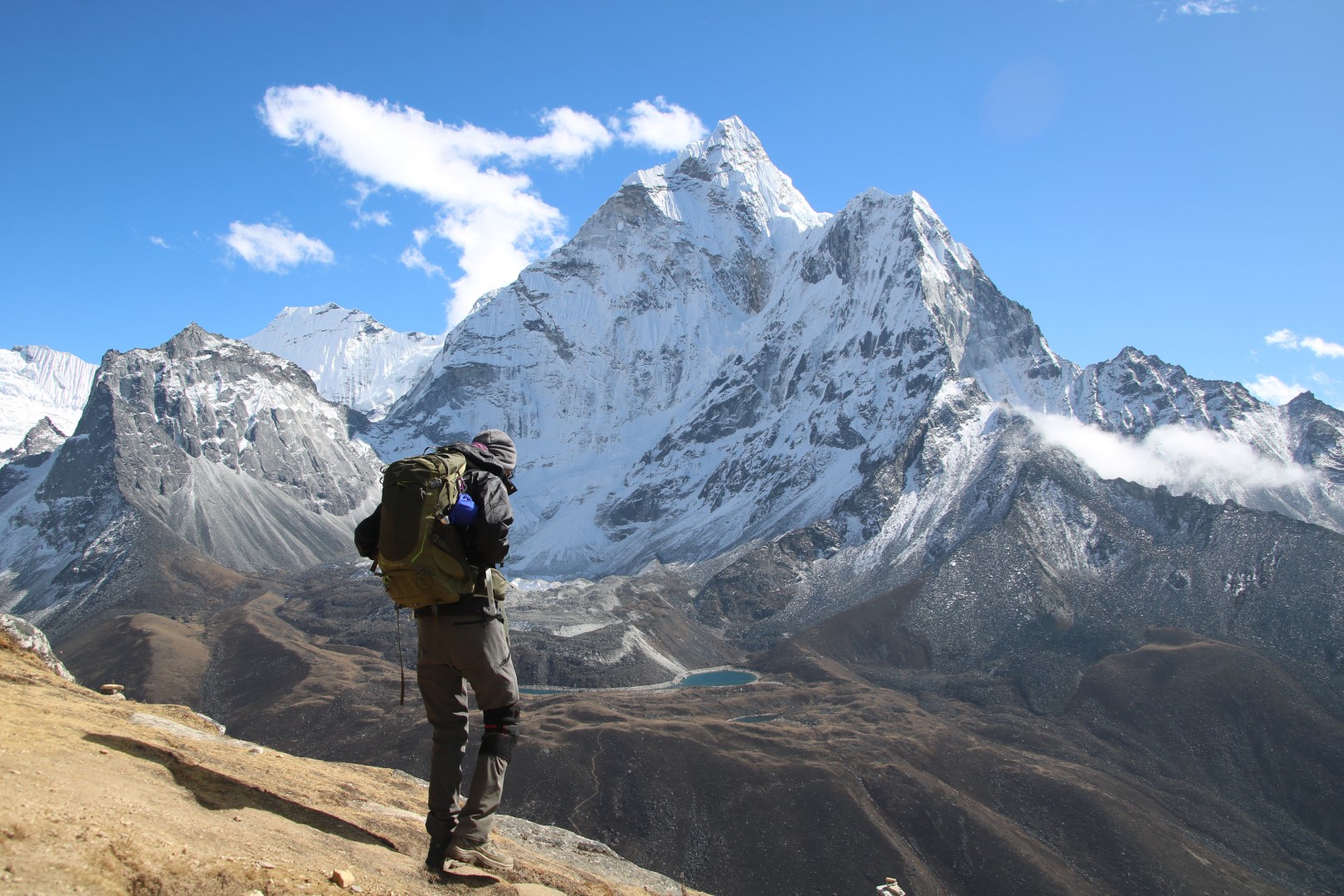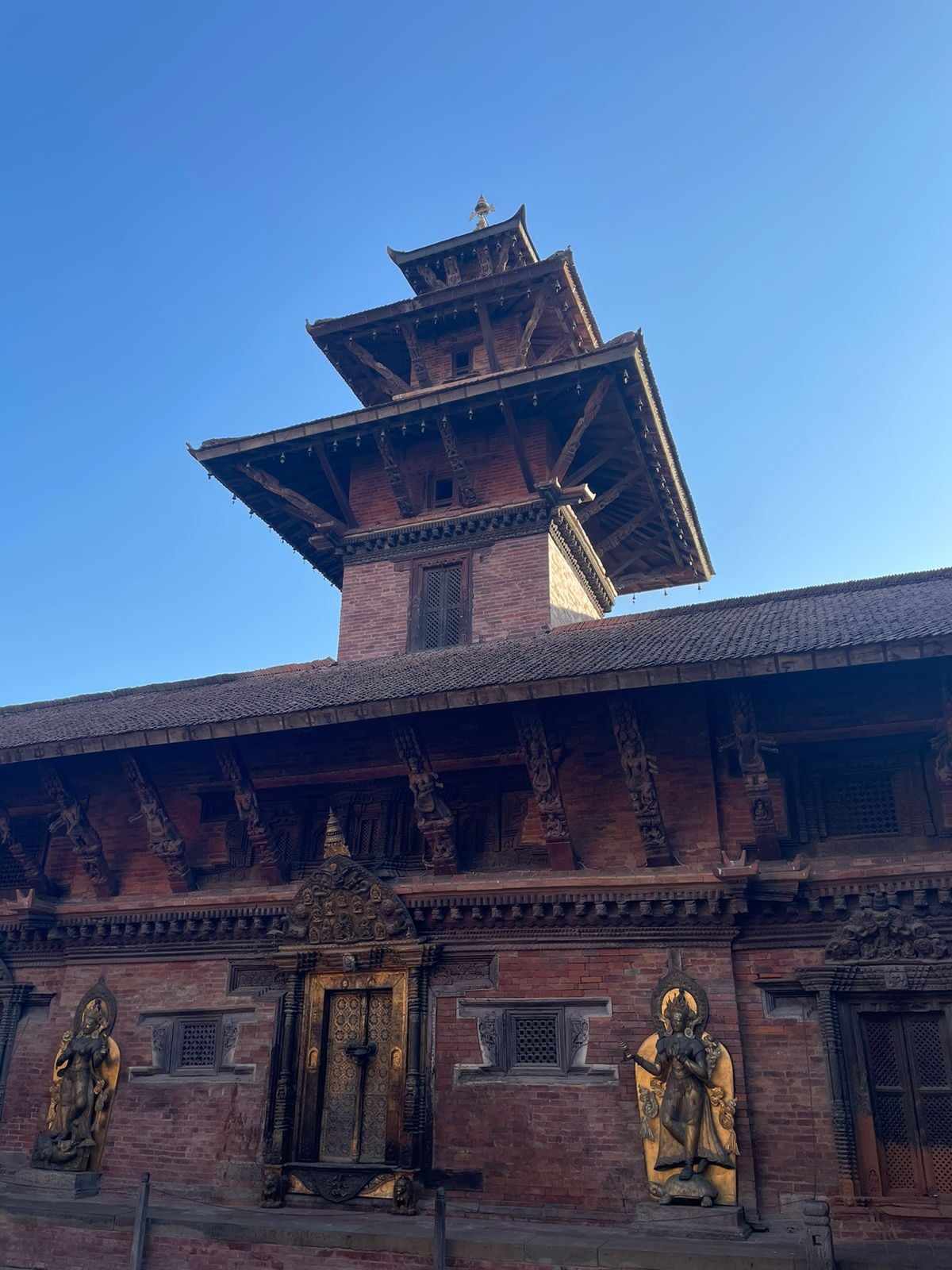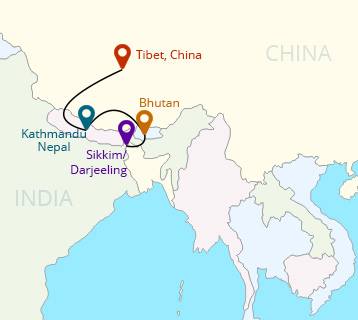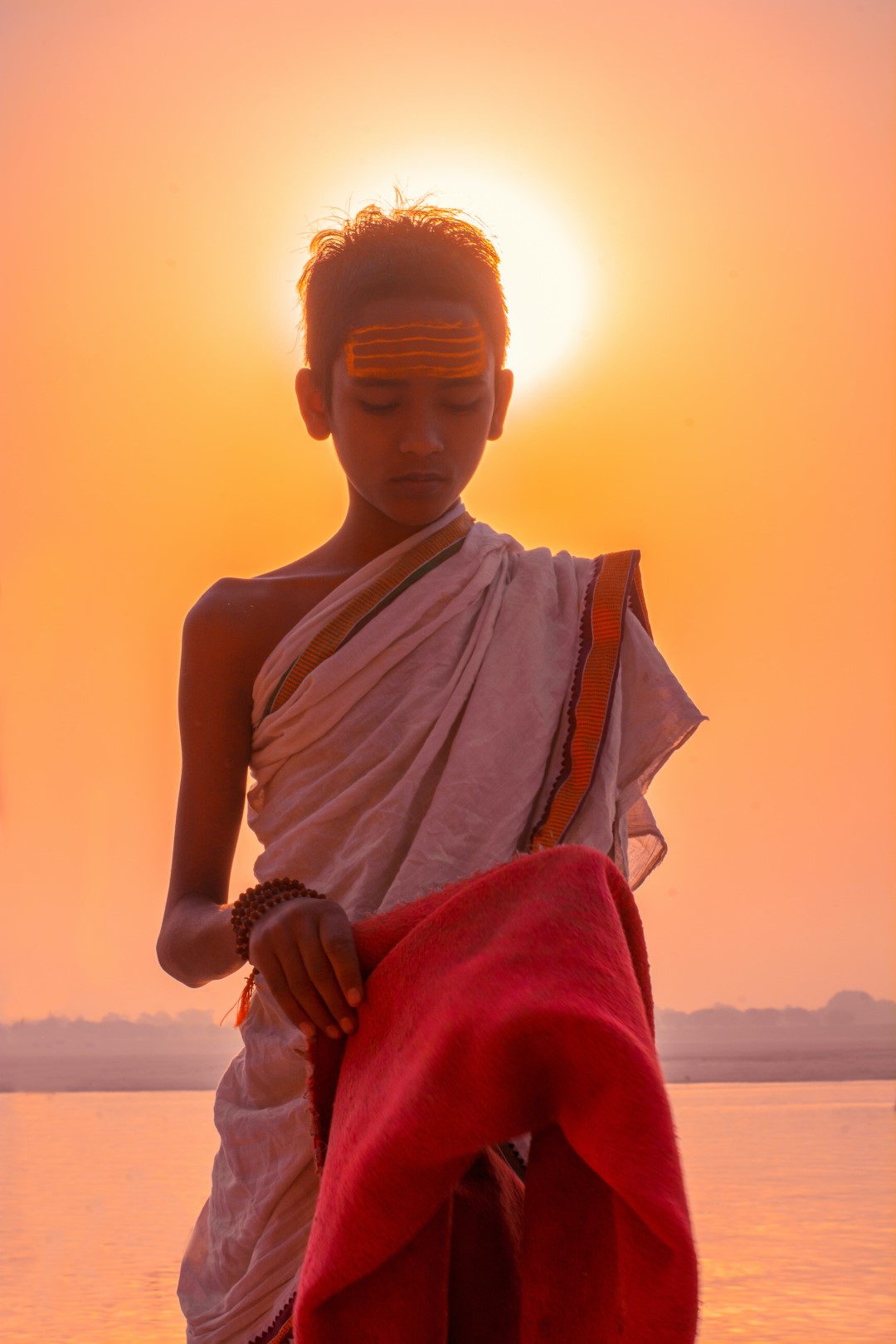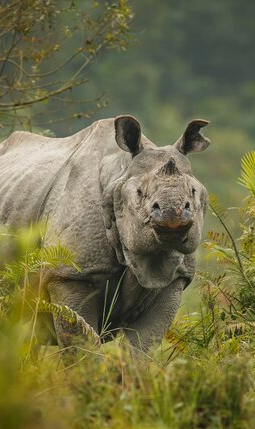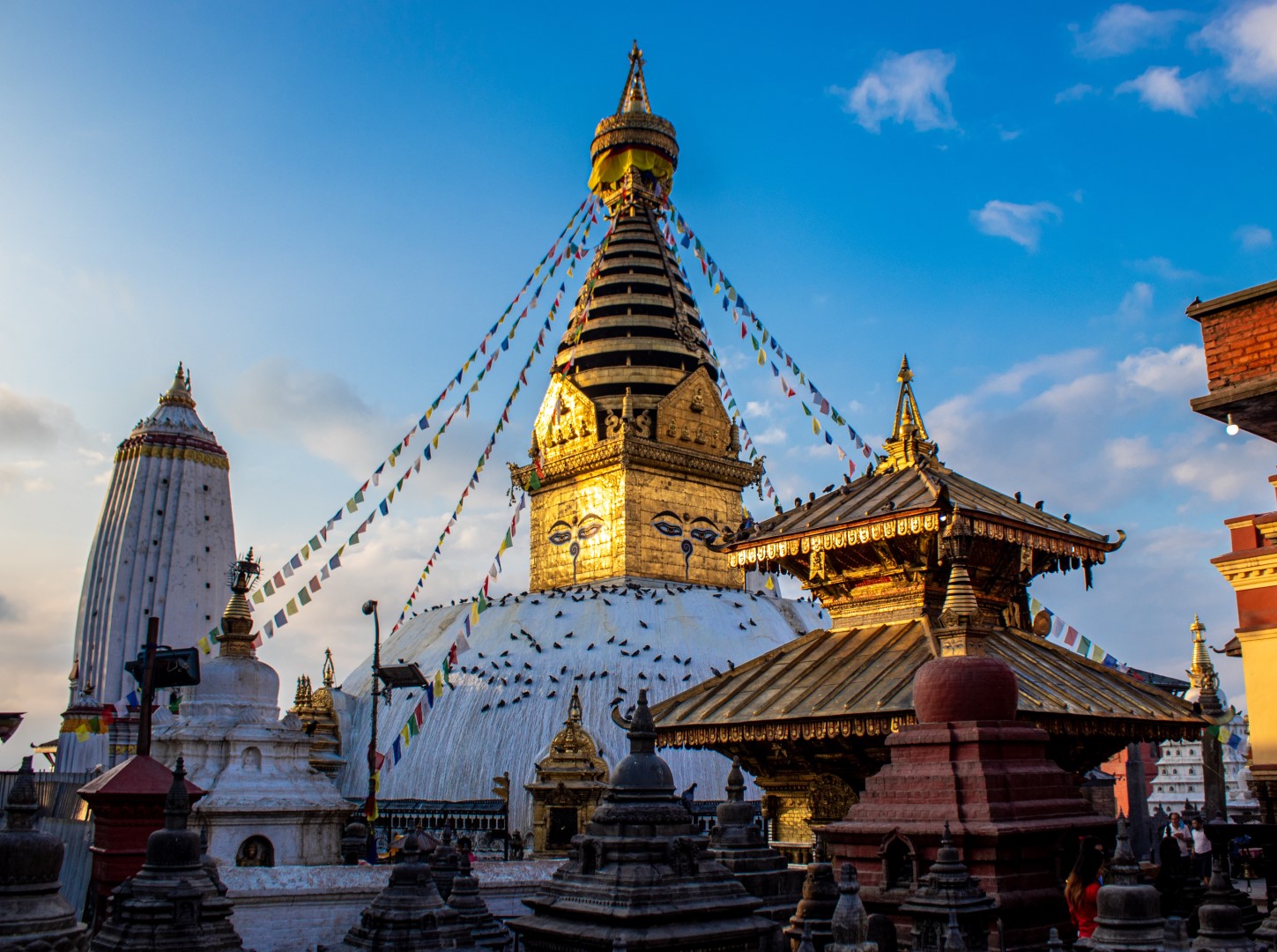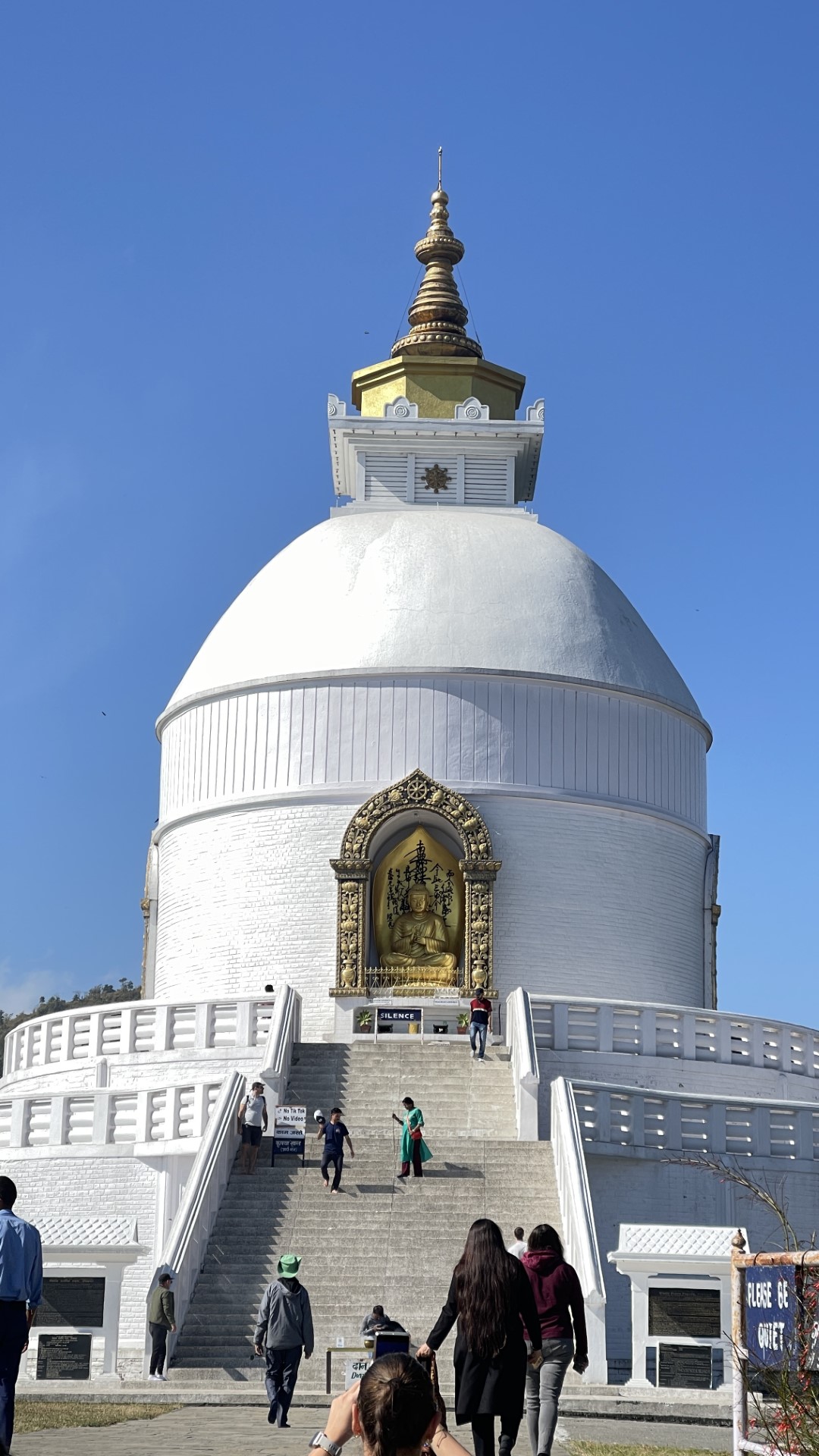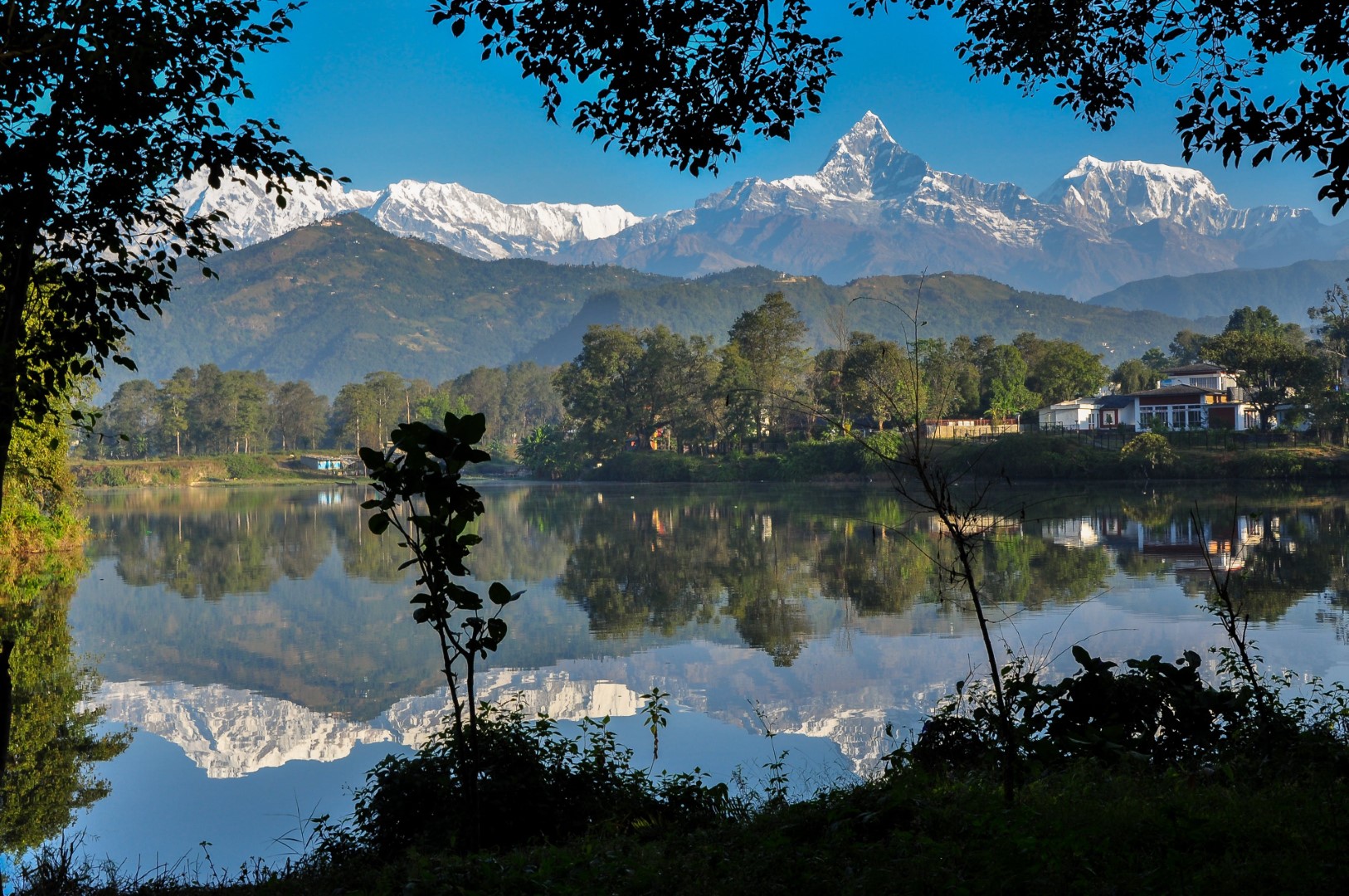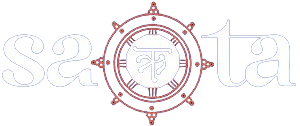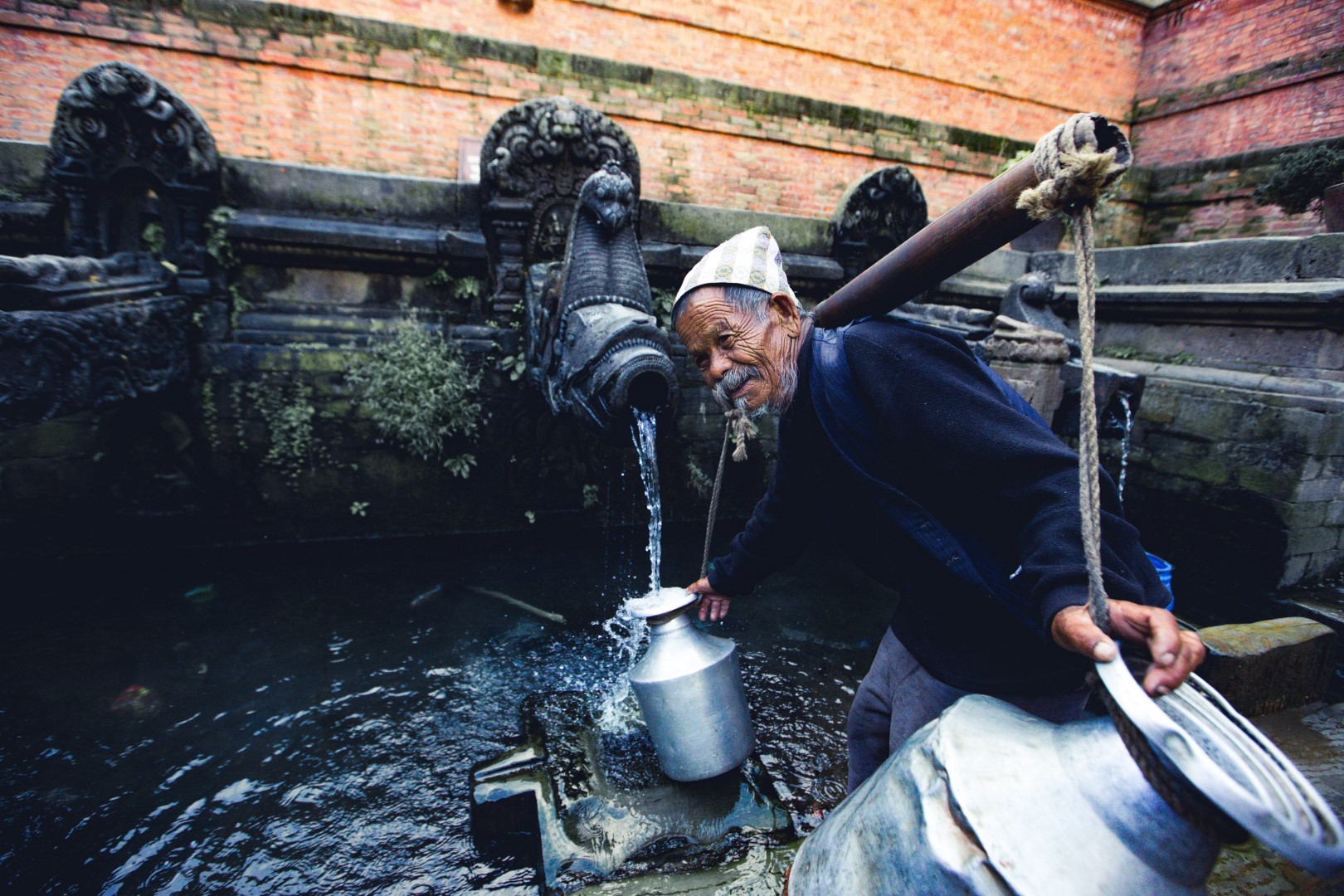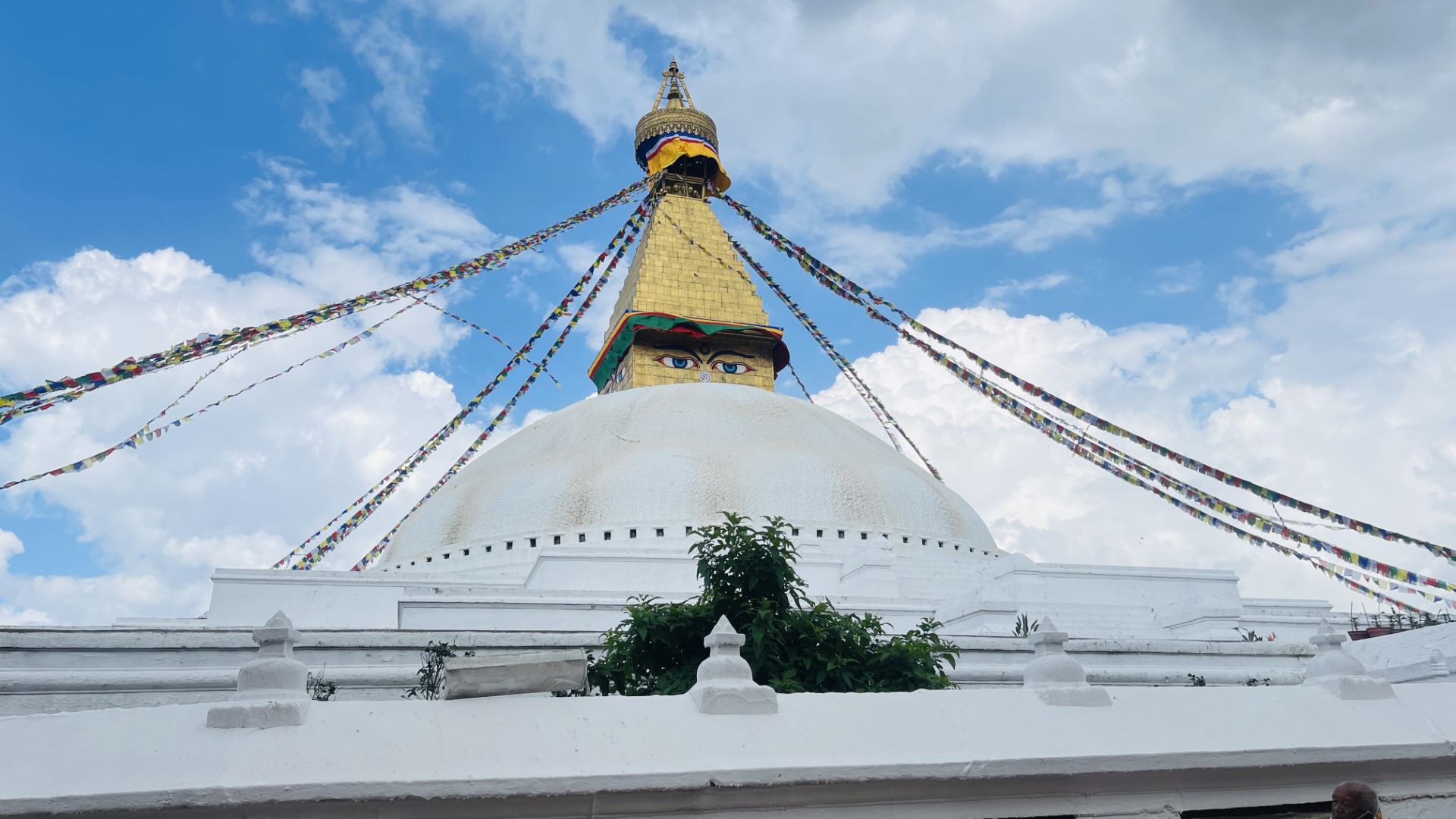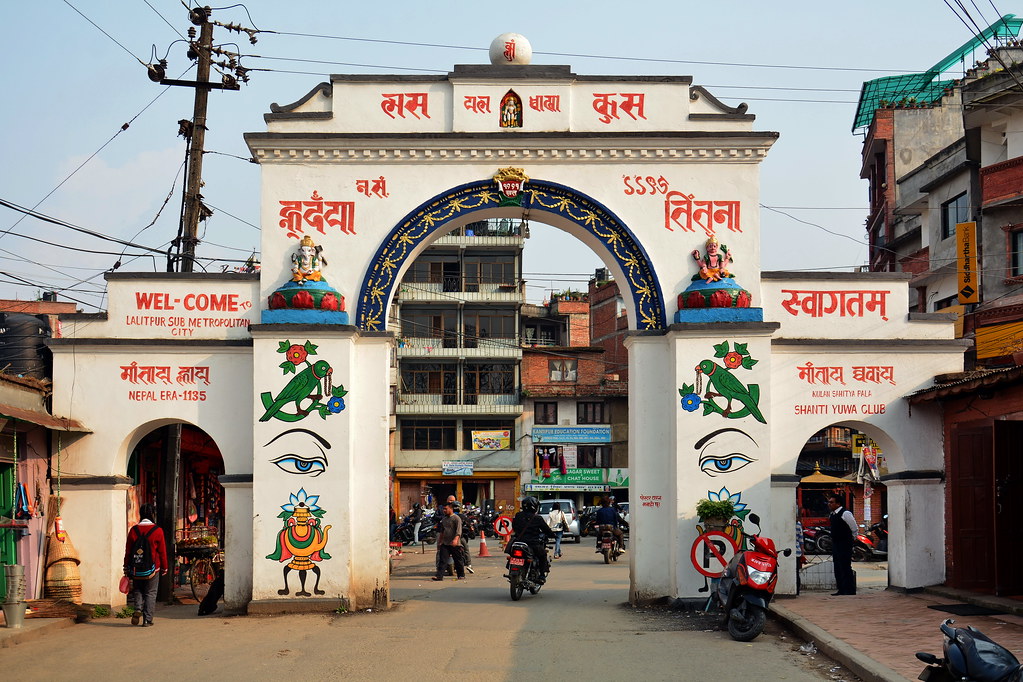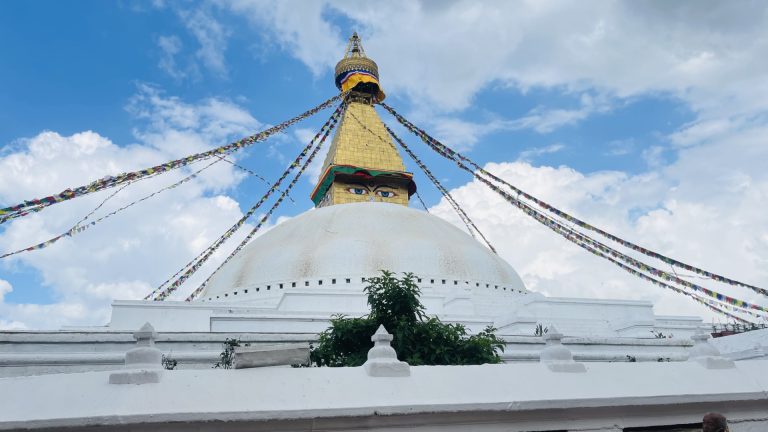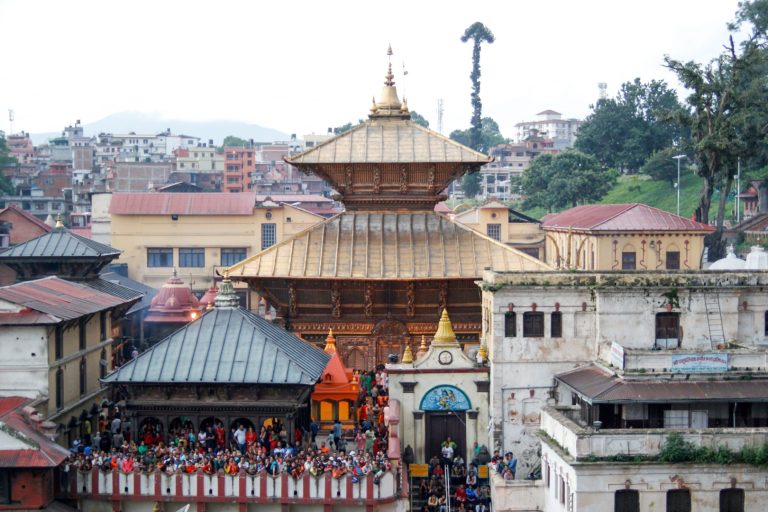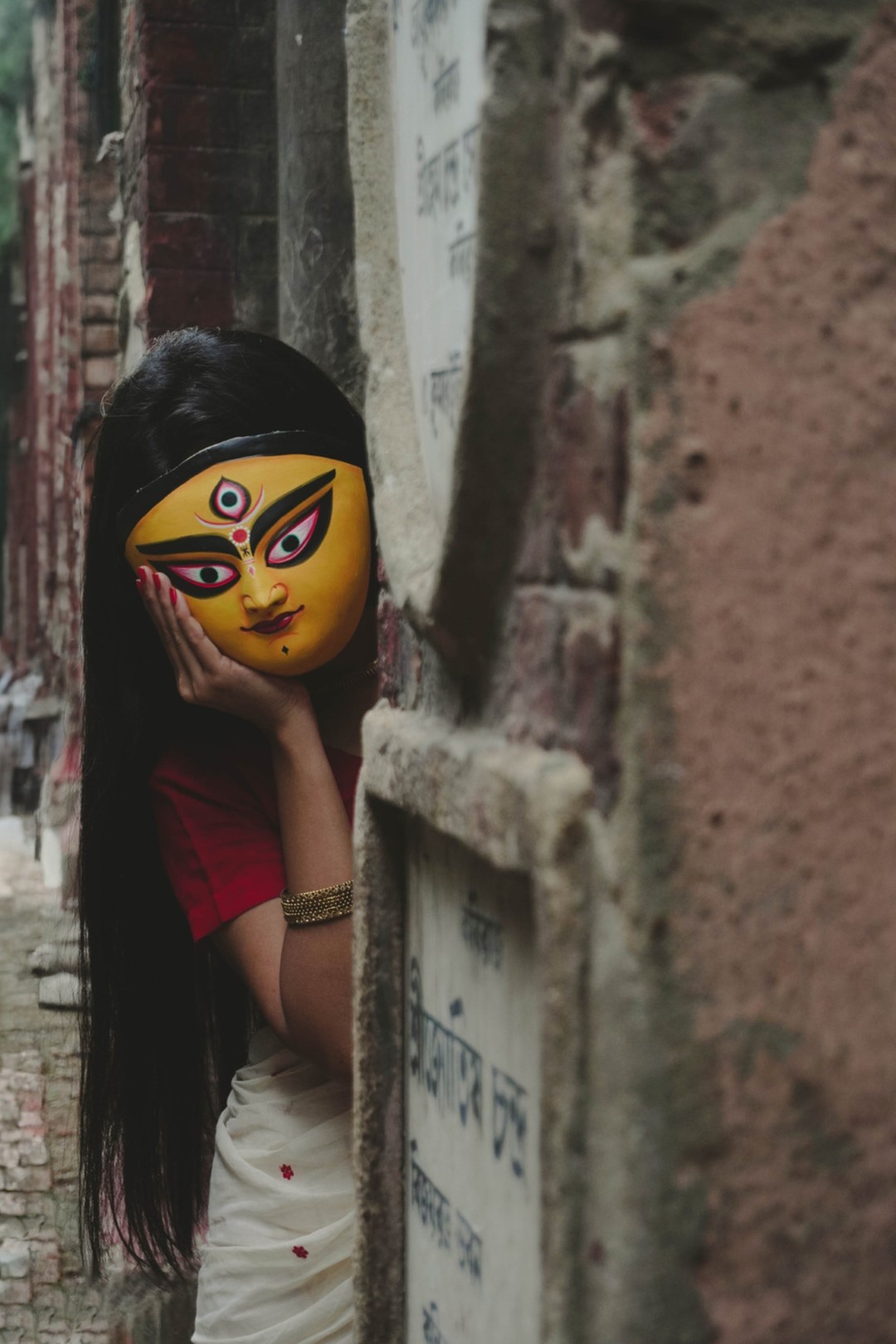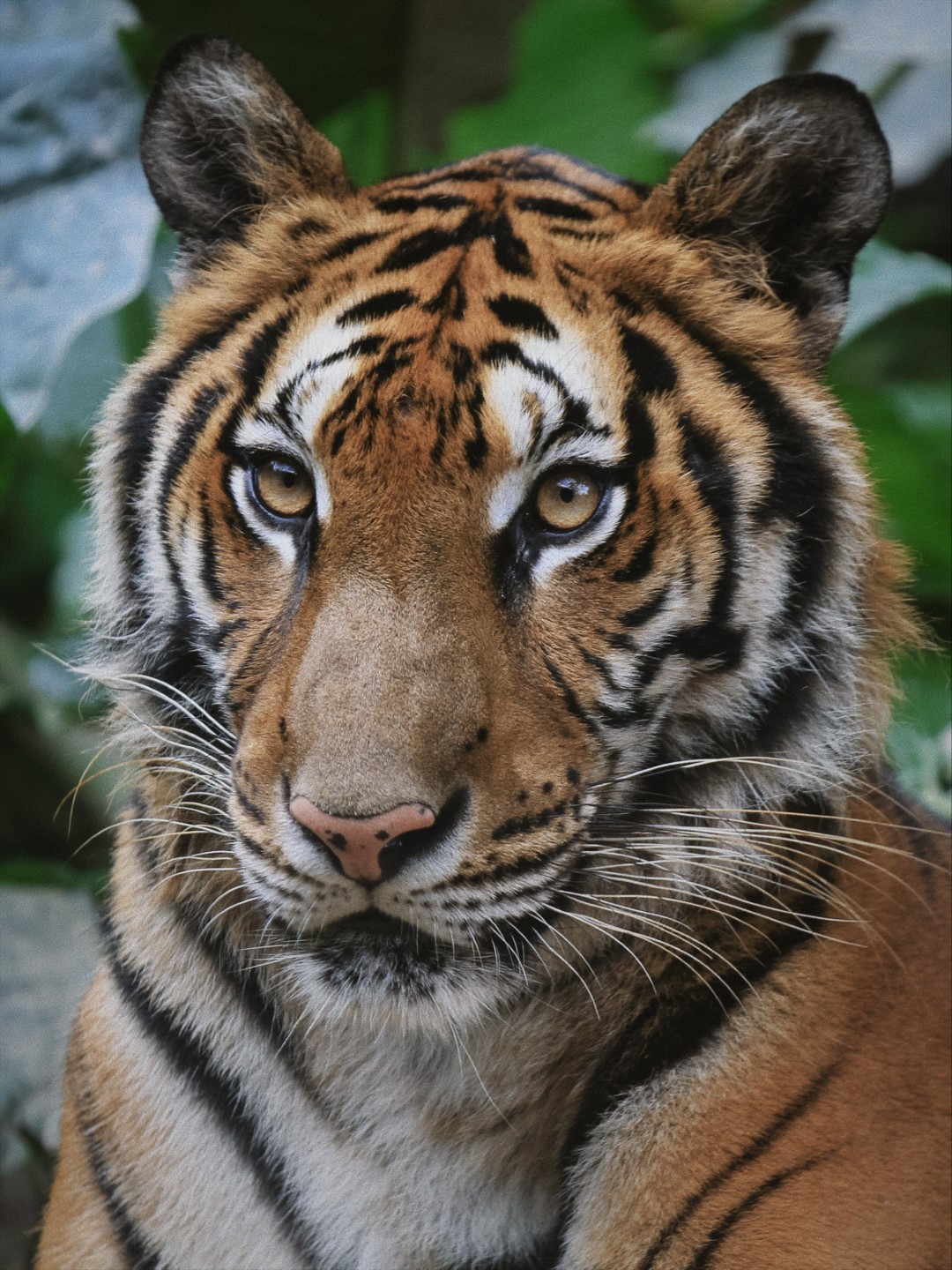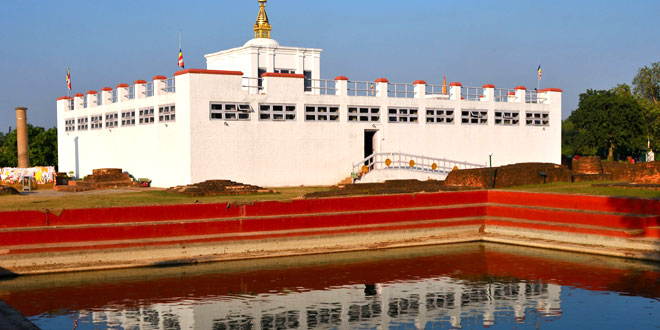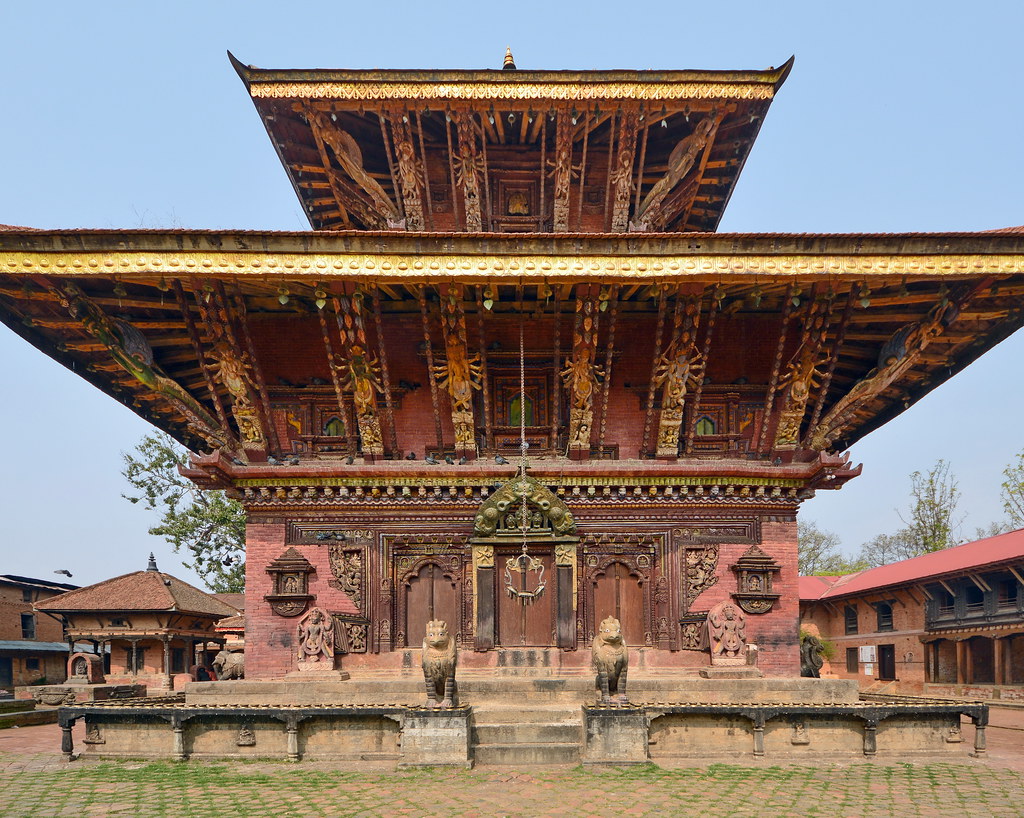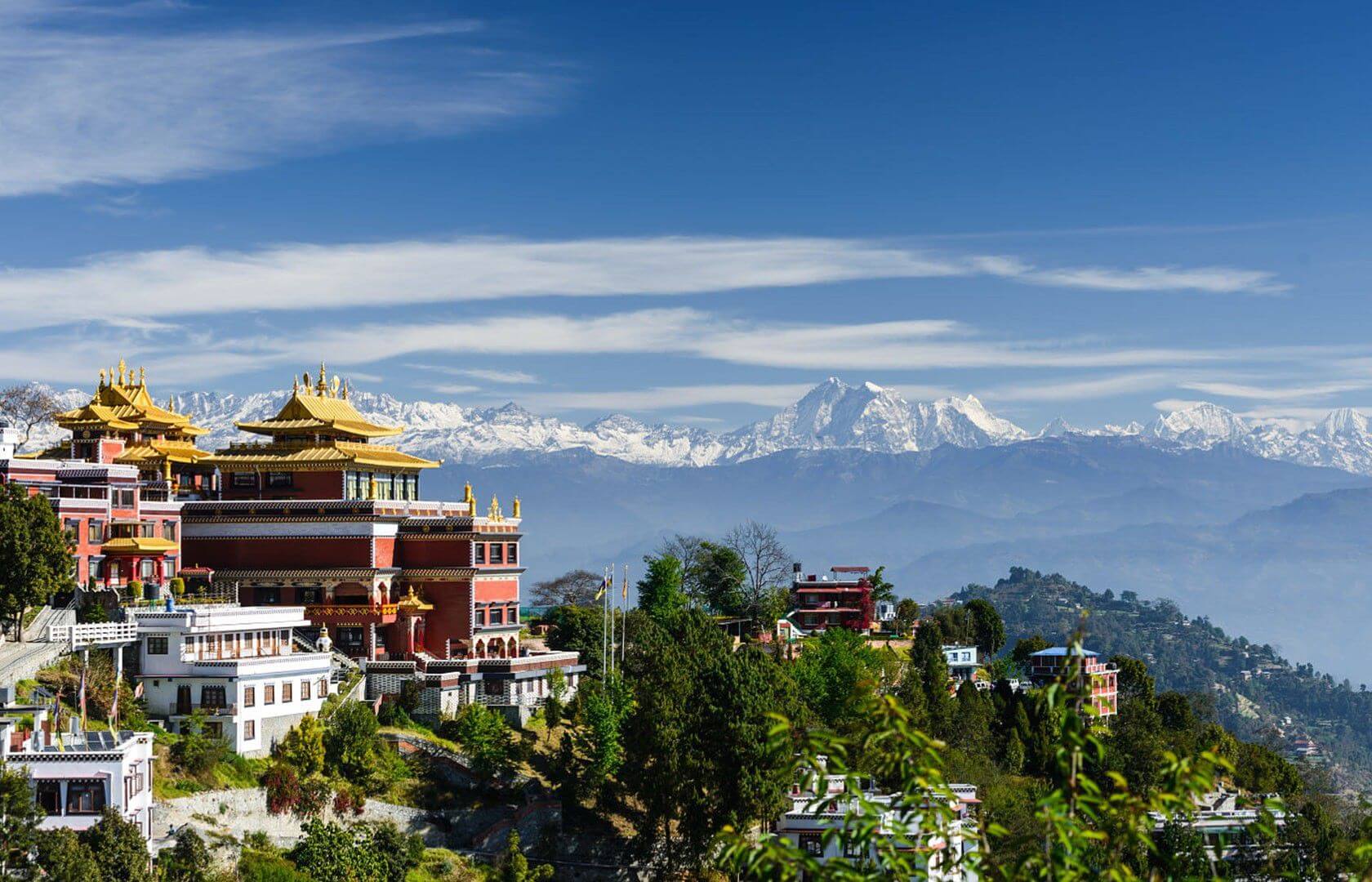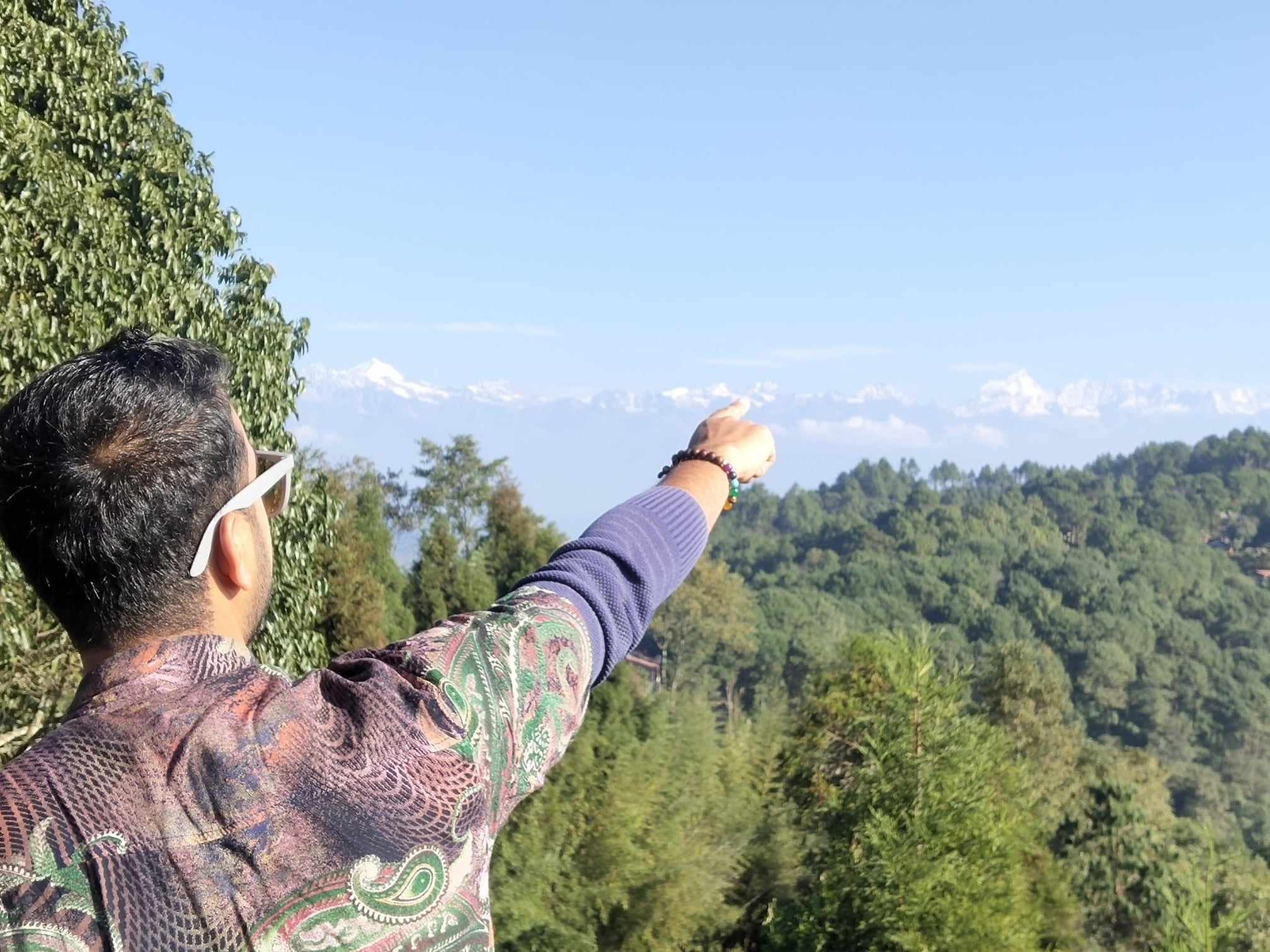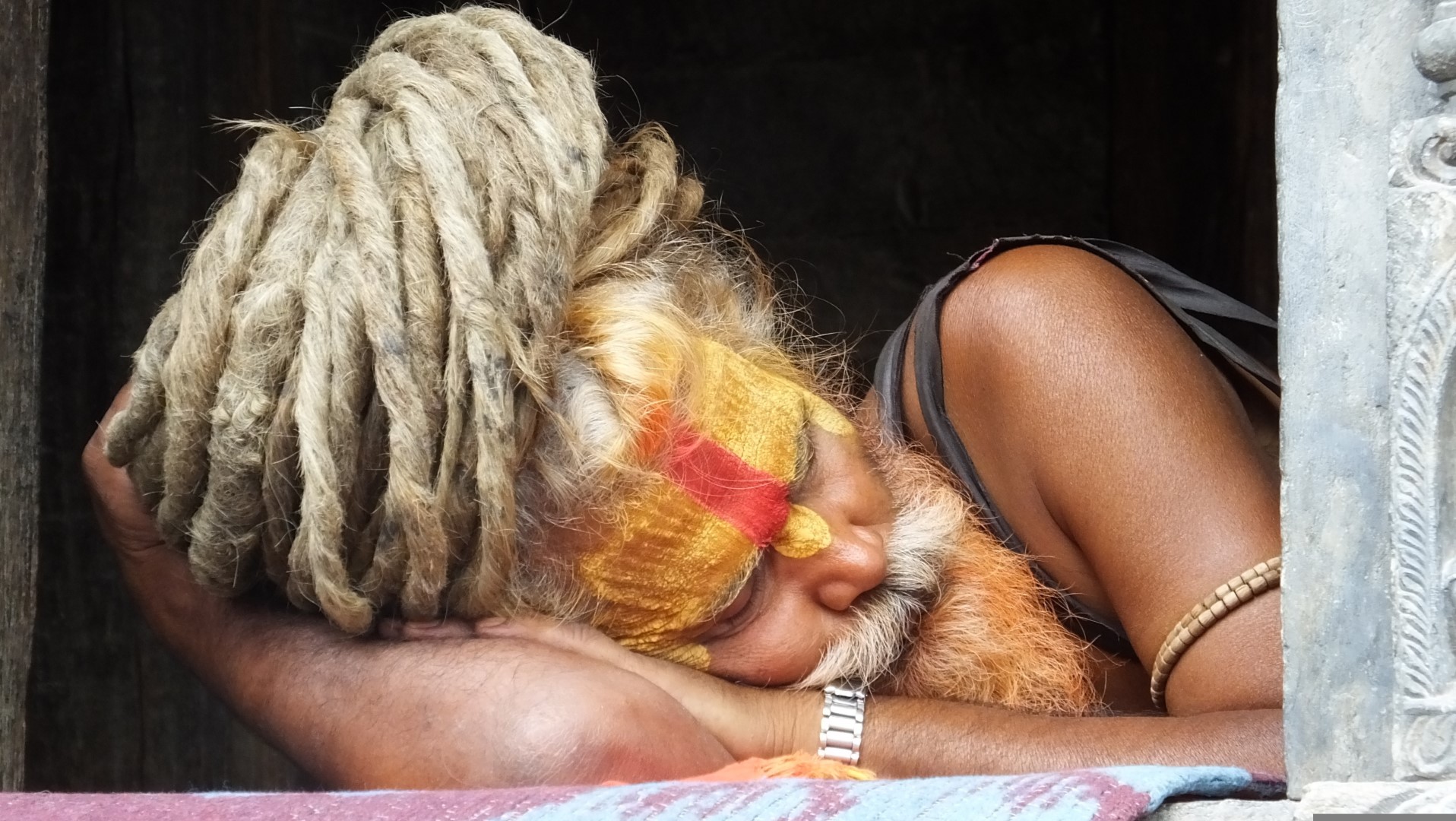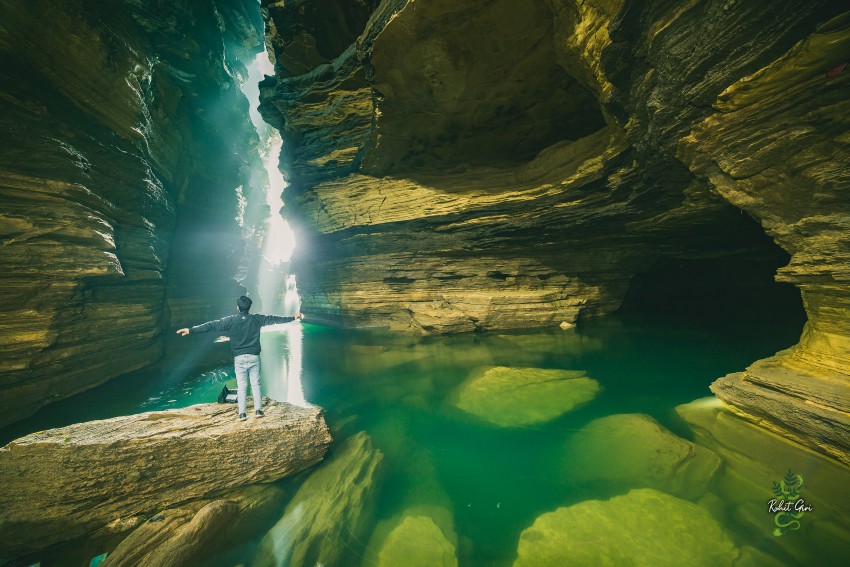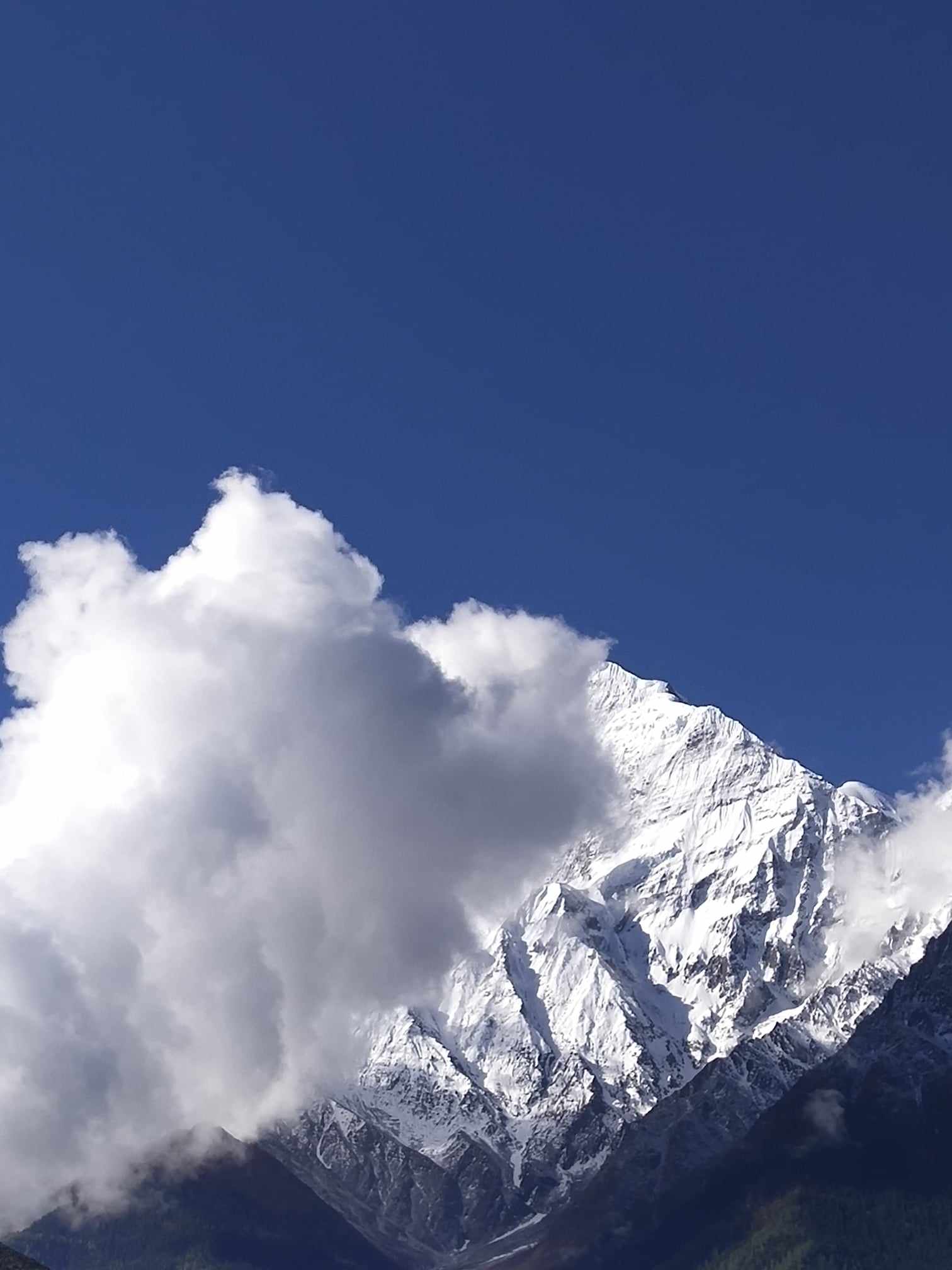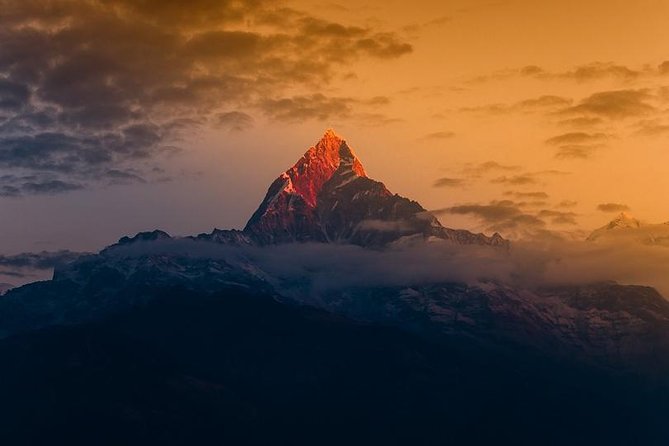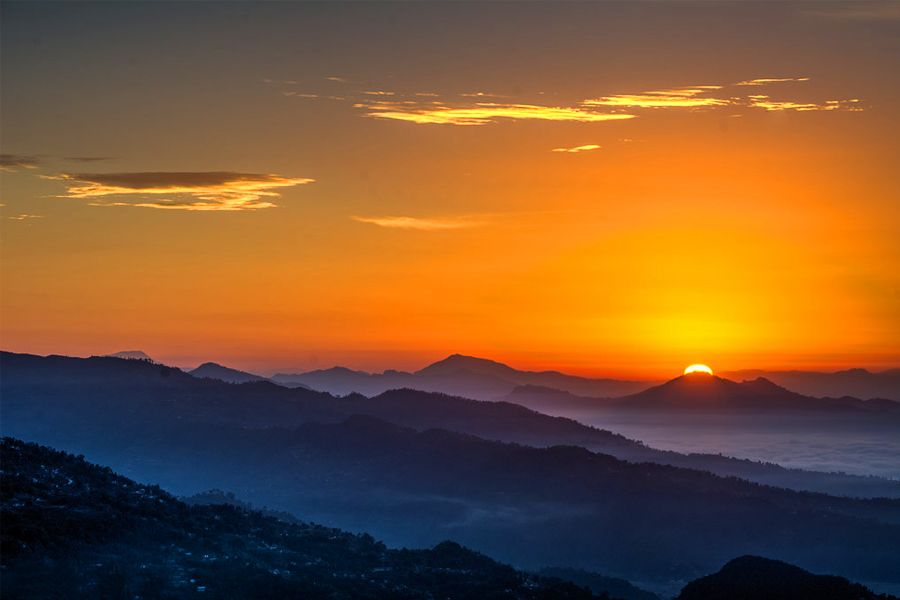Trip Overview
The unforgettable journey through the Kathmandu Valley, delving into its cultural tapestry and historical marvels. Our meticulously crafted itinerary guides you through the UNESCO-listed Kathmandu Durbar Square, where ancient palaces and tales of bygone eras await discovery. Immerse yourself in the mythical allure of the Kathmandu Valley, an exquisite treasure trove resonating with cultural richness. Traverse the spiritual ambiance of the world’s oldest stupa, the Swayambhunath Maha Chaitya (Monkey Temple), before witnessing the artistic wonders of Patan Durbar Square, an ancient city steeped in heritage dating back centuries. Experience the profound cultural significance exuded by the majestic Bouddhanath Stupa, the world’s second-largest stupa. Journey to the revered Pashupatinath Temple, an exploration into Hindu rituals and spirituality. Lastly, uncover the charm of Bhaktapur, an 8th-century marvel boasting captivating squares and remarkably preserved architecture. Join us on this captivating expedition through Nepal’s cultural gems, each site a testament to the valley’s profound history and enduring allure.
Trip Duration
2 DaysTrip Highlights
- Kathmandu Durbar Square
- Kathmandu Valley
- Swayambhunath Maha Chaitya (Monkey Temple)
- Patan Durbar Square
- Bouddhanath Stupa
- Pashupatinath Temple
- Bhaktapur
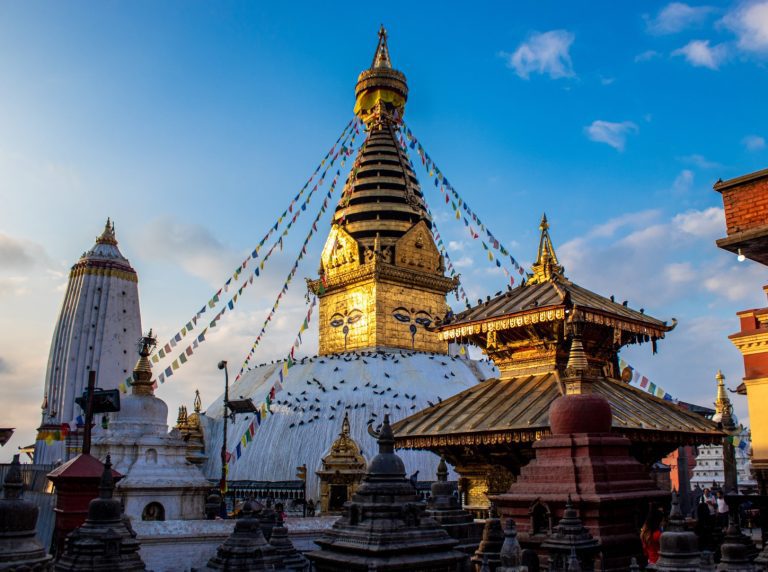


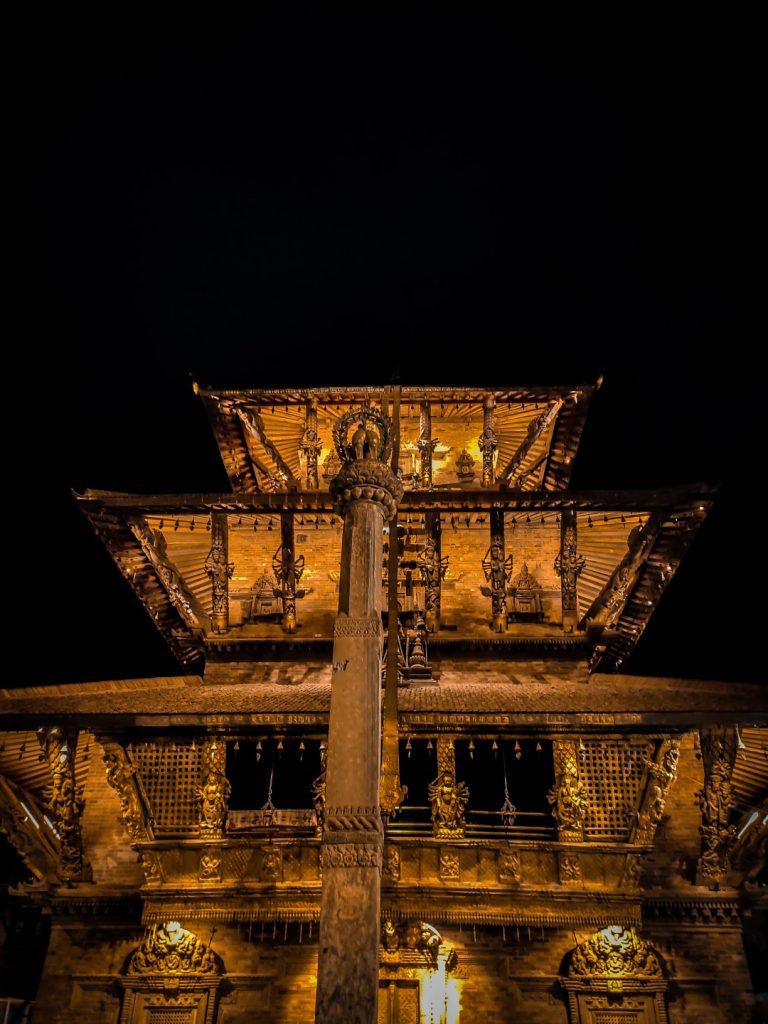


Half western Circle(Swayambhunath-Kathmandu Durbar Square-Patan Durbar Square)
Our day starts in the western Kathmandu Valley, exploring the iconic Swayambhunath Maha Chaitya, a cosmic stupa from the Lichchhavi period boasting celestial Buddhas and a golden temple. Kathmandu Durbar Square follows, showcasing architectural marvels influenced by King Pratap Malla and Prithvi Narayan Shah,with landmarks like the Taleju Temple and Jagannath Temple. Crossing the Bagmati River, we visit Patan, the city of arts, housing the historic Patan Durbar Square, echoing the Medieval Malla period’s splendor and legacies of its notable kings.
Notes
- 6-8 hrs
- Explore :swyambhunath,Kathmandu durbar square, and patan
Services Included
- Private transfers tailored to group size.
- English-speaking guide (Other languages at an additional USD 20 not per person).
